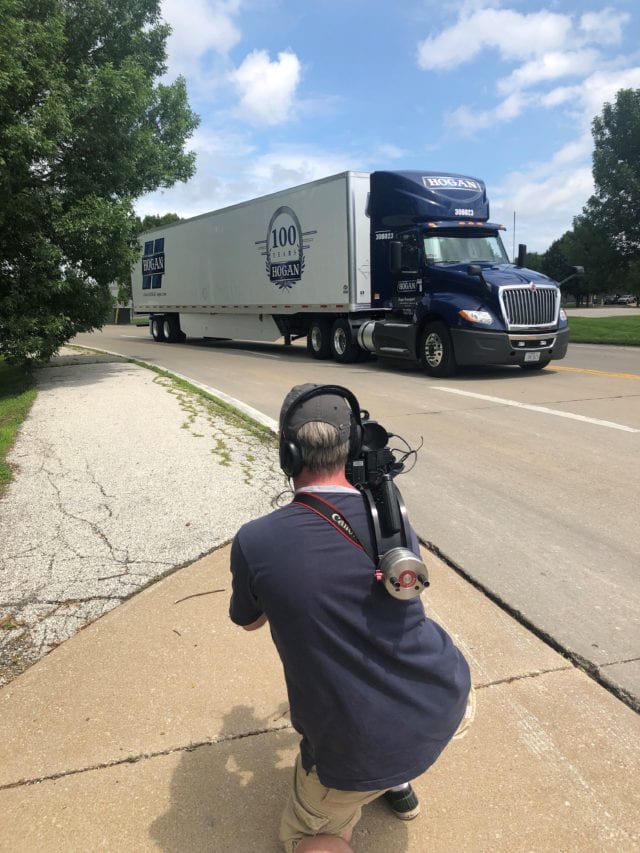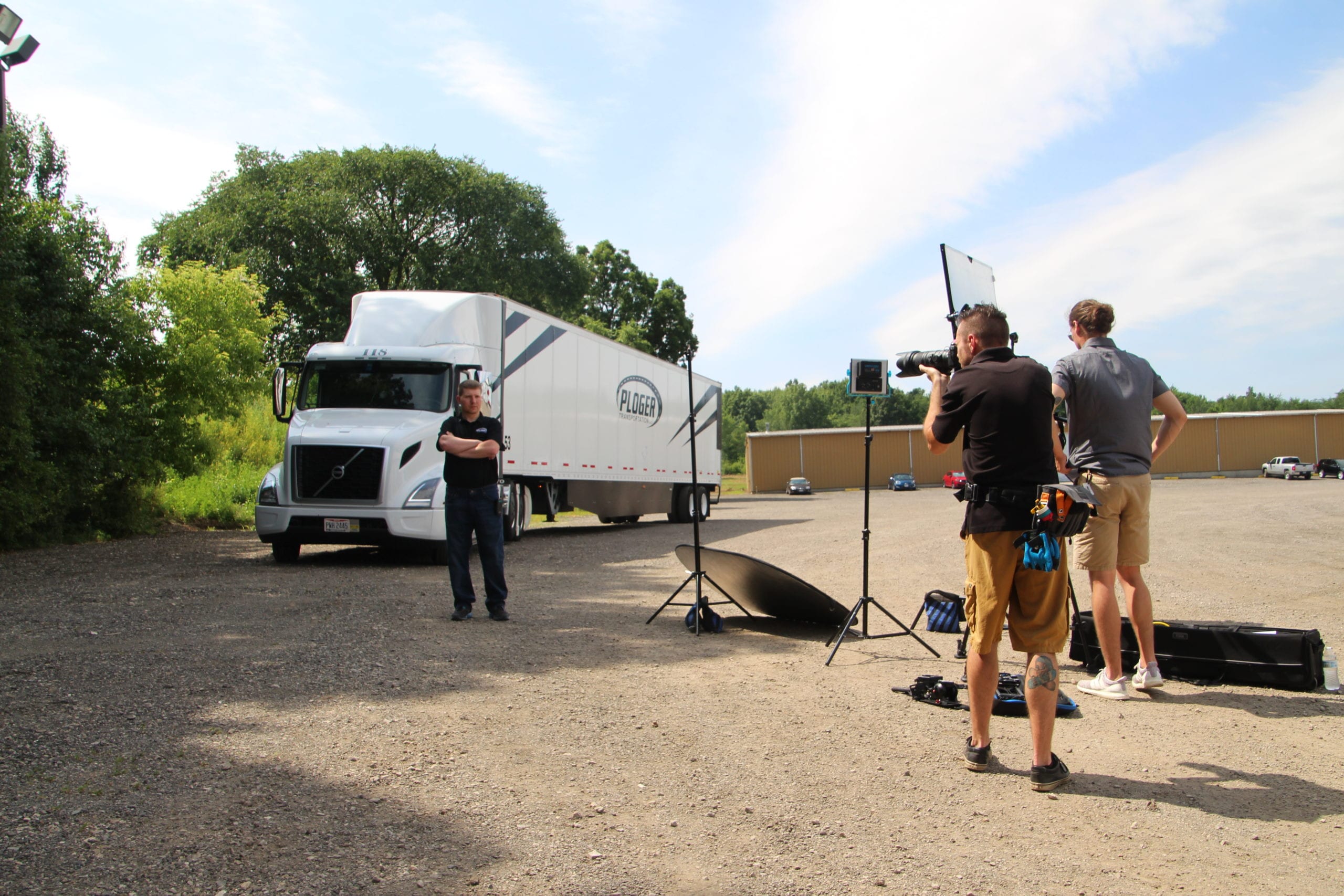When most people think of trucking, they think of a big rig going coast-to-coast. The reality is that 45% of the Class 8 tractors produced by truck manufacturers are day cabs and most of those day cabs are driving regional haul routes.
Regional haul is growing for a number of reasons including drivers’ desire to be home more often, the rise of e-commerce, which has changed the dynamics of freight and parcel delivery, and the advent of technologies such as GPS, load-matching, and big data.
While there is no one definition of regional haul, it generally encompasses trips ranging from a 100- to 300-mile radius of a fleet’s base location and usually involve getting the driver home every night or at least several times a week. Regional haul takes a variety of forms: out -and-back each day on the same route, out-and-back each day but to different locations (sometimes with multiple drop offs and pick ups) and multiple drops in multiple cities. In this last instance, the driver is out on the road for a night or two either sleeping in a truck’s sleeper cab or elsewhere if the truck is a day cab.
Regional haul is growing for a number of reasons including drivers’ desire to be home more often, the rise of e-commerce, and the advent of technologies such as GPS, load-matching, and big data.
Because of the nature of regional haul, it is an ideal candidate to be an early adopter of alternative fueled vehicles because comprehensive refueling infrastructure for emerging technology is not yet in place across the nation. Regional haul has the benefit of operating in a relatively narrow geographic stretch and the fact that most vehicles in regional haul return to base every night means refueling can take place at a fleet’s base location. Fleets in these types of applications may be more willing to test and adopt alternative fueled vehicles because they will be seeing the vehicles every day in their own locations, enabling them to better monitor use and efficiency.
Regional fleets may be more willing to test and adopt alternative fueled vehicles because they will be seeing the vehicles every day in their own locations, enabling them to better monitor use and efficiency.
In an attempt to learn more about regional haul, the North American Council for Freight Efficiency is conducting Run on Less Regional, an efficiency road show that will feature trucks from 10 fleets making their regular deliveries of a wide range of products in a variety of geographic areas. The ten participating fleets include C&S Wholesale Grocers, Hirschbach, Hogan Transportation, J.B. Hunt, Meijer, PepsiCo, Ploger Transportation, Schneider, Southeastern Freight Lines, and UPS. Fleets will be running on the West Coast, Southwest, South, Midwest, Southeast, and East Coast while delivering items ranging from groceries, mattresses, refrigerated goods, snack foods, beverages, and other commodities. Like its predecessor Run on Less 2017, Run on Less Regional will feature real-time monitoring of a number of factors including miles traveled, fuel consumed, pickups and deliveries, elevation change, and vehicle speed among other factors affecting efficiency.
It is becoming increasingly important for firms providing vehicles to this growing market segment to understand some of its benefits, challenges, and how regional haul differs from long haul. It is also important to better understand the role of the driver in regional haul.

As part of NACFE’s preparation for Run on Less Regional, we are meeting with each fleet, reviewing their tractors, trailers and routes, and talking to the folks who have been selected to participate in the three-week event.
Some of what we have learned about participating fleets and about regional haul in general:
- Traffic is a major issue for fleets in regional haul as at least part of the route is likely to be in an urban area.
- Drivers are often also expected to be delivery people, unloading their truck at various stops. Because of this, measuring efficiency is a bit more complicated.
- Detention at one location has a ripple effect throughout the driver’s day.
- Many drivers who are now in regional haul started out in long haul trucking. Drivers—and their families—have to make adjustments to them being home more frequently.
- Trucks used in regional haul are likely to be inspected by the fleet’s own maintenance personnel, which should mean there will be less on-road breakdowns. One driver we spoke with says every night, when his truck gets back to the fleet location, it undergoes a 180-point inspection.
- While long haul drivers must regularly deal with running out of Hours of Service, it can also sometimes be an issue for regional haul drivers if they are detained by traffic, weather, or construction. Since many of the trucks in regional haul are day cabs, running out of Hours of Service means a night in a hotel for the driver.
- Growth in regional operation, with its clear fleet focus on providing quality of life improvements for drivers, should help with attracting new and experienced drivers and help lead to better retention.
Looming forces such as the push towards automation and growth in alternative power sources including battery electric, hybrid electric, and a variety of alternative fuel systems, promise to make inroads in the regional market’s more predictable routes, where duty cycles are better aligned with near-term capabilities of emerging technology and its supporting infrastructure.
Growth in regional operation, with its clear fleet focus on providing quality of life improvements for drivers, should help with attracting new and experienced drivers and help lead to better retention.
As NACFE’s report, More Regional Haul: An Opportunity for Trucking, concludes, “battery electric, hybrid electric and alternative fuel vehicles are well suited to the regional market because the duty cycle limits the daily range to less than 300 miles, and the operations tend to be focused around a central base of operations where infrastructure can be located to support the vehicles.”
Knowing the ins and outs of the regional haul sector is necessary for firms that want to gain a foothold in this growing market segment and help fleets involved in regional haul expand their operations to include alternative fueled vehicles. Stay tuned as more details on regional hauling emerge.



